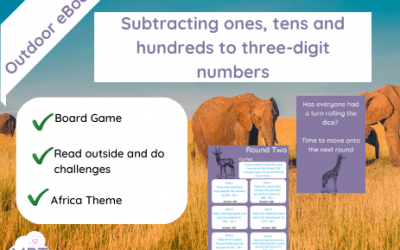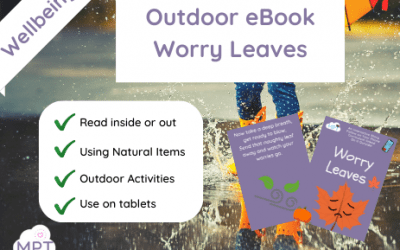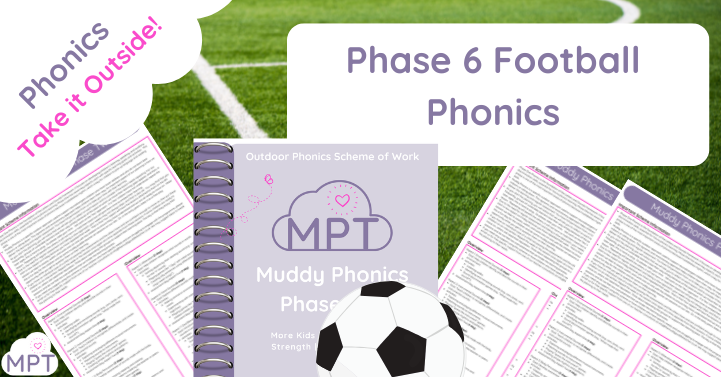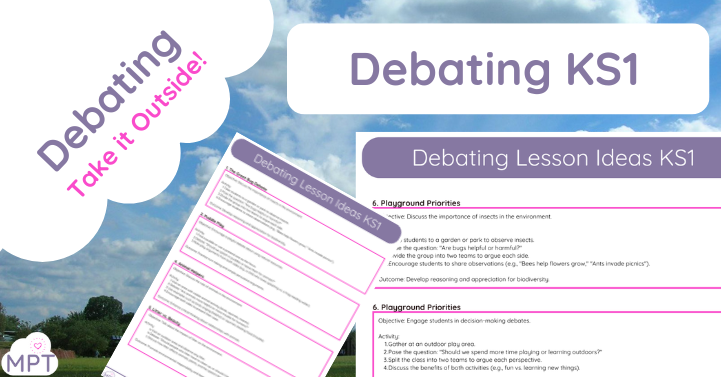Me and my Vitiligo (Outdoor eBook Diversity Range)
Sep 15, 2021
Me and my Vitiligo (Outdoor eBook Diversity Range) ⇒Use Me and my Vitiligo (Outdoor eBook Diversity Range) to take...
Wishful Walking
Sep 8, 2021
Wellbeing: Wishful Walking ⇒Use the Wishful Walking Lesson Plan to help children clear their minds and learn to calm...
Shade Slumbers (Wellbeing)
Sep 8, 2021
Wellbeing: Shade Slumbers ⇒Use the Shade Slumbers Activities to help children use the most simple gifts of nature to...
Stone Serenity (Wellbeing)
Sep 8, 2021
Wellbeing: Serenity Stones ⇒Use the Serenity Stones to help children use nature to transfer negative energy. A...
Petal Power (Wellbeing)
Sep 8, 2021
Wellbeing: Leaf Love ⇒Use the Petal Power to take you back to your own childhood and use the holistic joys of making...
Leaf Love (Wellbeing)
Sep 8, 2021
Wellbeing: Leaf Love ⇒Use the Leaf Love to help children have a method to help them connect with nature. Connecting to...
Mindful Mud (Wellbeing)
Sep 8, 2021
Wellbeing: Mindful Mud ⇒Use the Mindful Mud method and let mud and mess make you all feed good! ⇒Single Lesson Plan We...
Worry Leaves (Outdoor eBook)
Sep 7, 2021
Worry Leaves ⇒This eBook can be read outdoors in indoors, with tasks to do outdoors after ⇒Single Text We will...
Wellbeing : Clearing Cloudy Minds
Sep 2, 2021
Clearing cloudy minds and being mindful is imperative in all of our lives. We lead busy, fast-paced lives and...
Super Positive Power Leaves
Sep 1, 2021
Super Positive Power Leaves Play 'Super Positive Power Leaves' and end your lesson on a high. ?Ask the children to...
Well-being: Worry Leaves
Sep 1, 2021
Worry Leaves This lesson plan will cover the following objectives: A chance to talk and be open with our feelings. To...
Well-being: Mood Leaves
Sep 1, 2021
Mood Leaves Use this natural and nurturing lesson plan and let nature help the children to connect with their...
Personification
Aug 20, 2021
Personification KS2 ⇒This lesson is best achieved outdoors. ⇒ Do it in all weathers ⇒ Uses natural resources ⇒Single...
Institute for Outdoor Learning – Horizons – Summer Edition
Jul 28, 2021
Ten activities all Muddy Kids Should be doing over the Summer This article can be found in the Horizon Magazine...
Forest School Cooking Recipes – Open Fire/BBQ
Apr 18, 2021
Use Forest School Cooking Recipes - Open Fire/BBQ to get a list of our favourite recipes separated into outdoor...
Outdoor Science Experiments (KS2) Ideas Pack
Apr 15, 2021
Outdoor Science Experiment (KS2) is a fun and active pack that will embed nature and have the children working...
Fireworks KS2
Apr 14, 2021
Use Fireworks KS2 to get bonfire night outside and active this year! This pack is full of innovative outdoor learning...




























